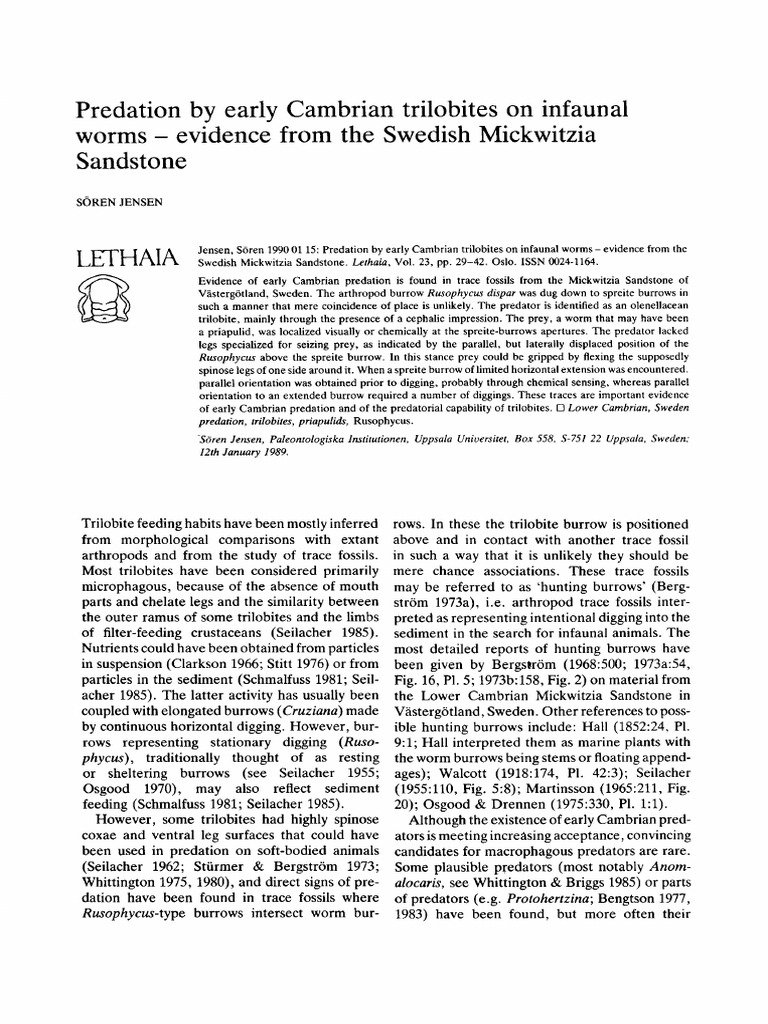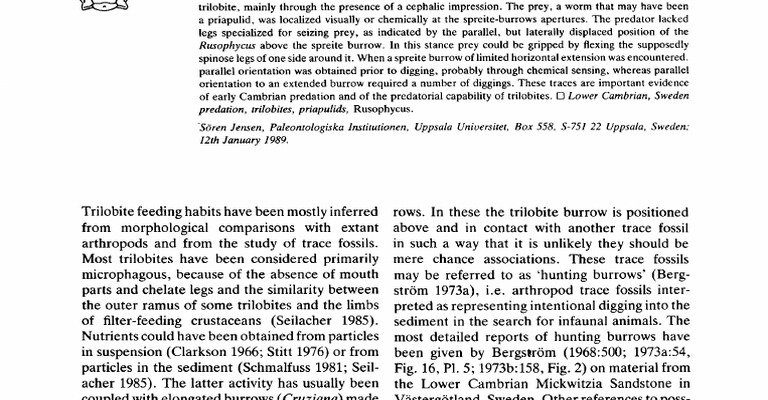
Think of velvet worms as living time capsules. Their ancient lineage and unique hunting techniques make them perfect subjects for scientists studying predation strategies that date back to the dawn of terrestrial life. It’s like finding an old map that shows you routes no longer traveled—a glimpse into the primal ways of survival that shaped ecosystems long before humans walked the Earth.
What Are Velvet Worms?
Velvet worms, with their soft bodies and velvety textures, look like a cross between a caterpillar and a slug. These invertebrates are primarily found in tropical and subtropical regions, often hidden away in leaf litter or damp habitats. They can grow up to about 15 centimeters long and usually have several pairs of legs, which they use to move in a slow, lumbering manner.
But what makes velvet worms really interesting is their predatory method. They are ambush predators, relying on a mix of speed and slime to catch their prey. If you catch a glimpse of them in action, it’s like watching a miniaturized, prehistoric version of a lion’s hunt. They use a fascinating substance, often referred to as “slime,” to immobilize their prey before devouring it. This behavior is not just survival; it’s also a key to understanding how similar predatory strategies developed in larger animals over time.
The Evolutionary Significance of Velvet Worms
Velvet worms are often regarded as “living fossils.” This means they haven’t changed much over millions of years. Their evolutionary history gives us clues about how early animals adapted to their environments. By studying the morphology and behavior of velvet worms, researchers can infer things about ancient ecosystems.
When scientists examine the physical features of velvet worms, they can draw parallels to other ancient species, including *tardigrades* and *arthropods*. This allows them to map out evolutionary relationships and understand how predation strategies might have evolved. For example, the transition from aquatic to terrestrial environments required new approaches to hunting and survival. Velvet worms bridge that gap, showing us what early terrestrial predators might have been like.
How Velvet Worms Hunt
Let’s dive deeper into the hunting methods of velvet worms. These creatures utilize a unique combination of predatory techniques that reflect millions of years of evolutionary refinement. Typically, they lie in wait, camouflaged in their surroundings until an unsuspecting insect wanders too close. That’s when the real fun begins!
When ready to strike, a velvet worm can shoot out a sticky secretion filled with digestive enzymes. This slime instantly immobilizes the prey, allowing the velvet worm to move in for the kill. You might picture this process like a superhero launching a web to trap a villain. Not only does this method show efficiency, but it also provides insights into how similar ambush techniques could have been used by ancient predators in various ecosystems.
Studying Velvet Worms in the Lab
Researchers often bring velvet worms into controlled lab environments to study their behaviors and ecological roles. By observing them closely, scientists can measure various factors—like how fast they can slime, their preferred habitats, and what kinds of prey they target.
You might wonder why lab studies are crucial. Understanding these behaviors helps scientists model ancient predation strategies. By comparing the lab findings to fossil records, researchers can better reconstruct the behavior of long-extinct predators. It’s like putting together a puzzle where each piece reveals a bit more about life millions of years ago.
Environmental Implications of Velvet Worm Research
The significance of studying velvet worms extends beyond just understanding ancient predation. These creatures can serve as indicators of environmental health. Because they thrive in specific, often fragile ecosystems, their presence can signal whether a habitat is thriving or in decline.
As scientists grapple with the impact of climate change and habitat loss, velvet worms provide crucial insights. If their populations start to dwindle, it might suggest broader ecological issues at play, prompting further investigation into environmental conditions. This aspect reinforces the importance of preserving natural habitats, not just for the velvet worms but for the entire ecosystem.
Challenges in Velvet Worm Research
Though studying velvet worms sounds fascinating, there are challenges researchers face. First, velvet worms are quite sensitive to their environments. Changes in humidity, temperature, or other factors can impact their behavior and well-being. Collecting them in the wild requires careful consideration to avoid disturbing their natural habitats.
Additionally, they can be difficult to keep in captivity. Their specific needs make it tricky to create ideal living conditions for long-term studies. Researchers have to be innovative, using technology and deep knowledge of the species to ensure the worms thrive in lab settings.
Using velvet worms to study ancient predation strategies is a window into a world that shaped life on Earth as we know it. These little creatures not only showcase a unique blend of evolutionary biology and environmental science but also remind us of the interconnectedness of all life. Whether you’re a seasoned scientist or just a curious mind, there’s a lot to learn from observing these fascinating predators.
As we move forward, understanding velvet worms could help us tackle many ecological challenges while also enriching our grasp of life’s evolutionary tapestry. So, the next time you see a documentary featuring these squishy wonders, remember the role they play—not just in their own ecosystems, but in our understanding of the ancient past.

